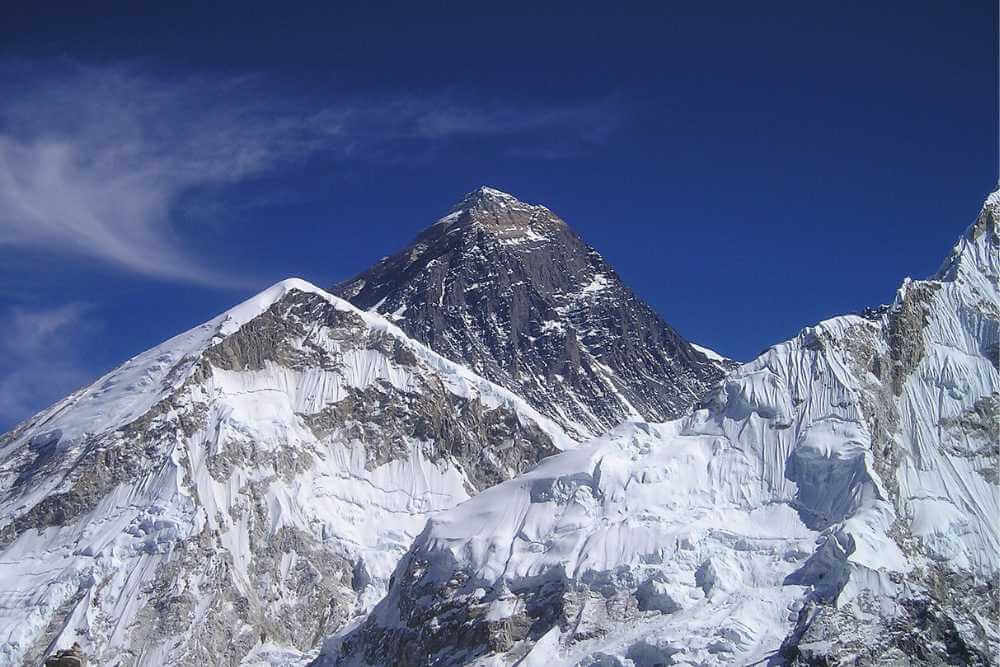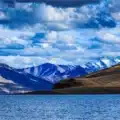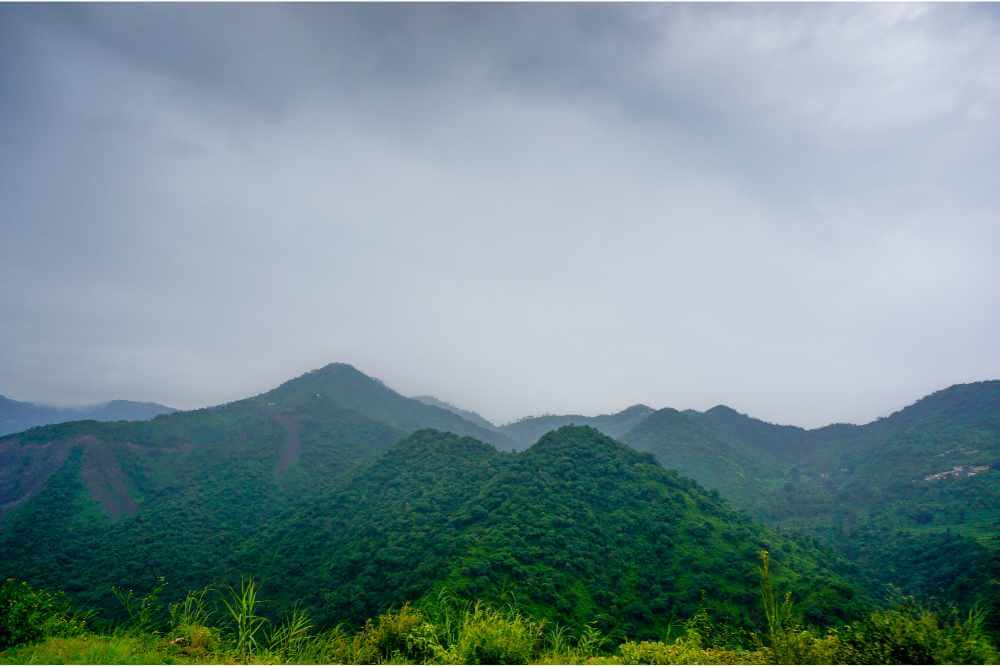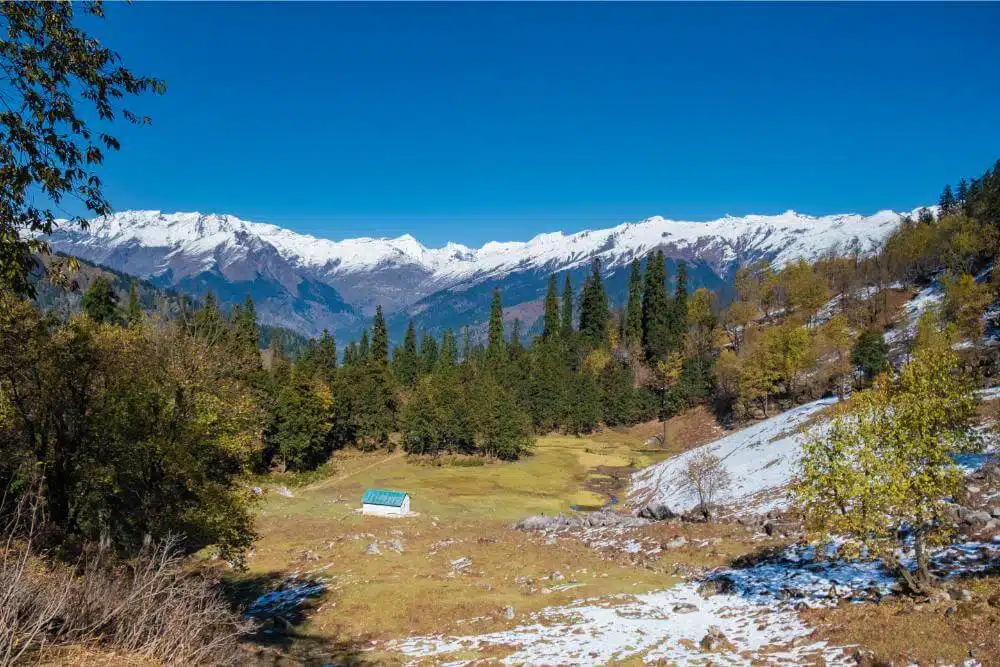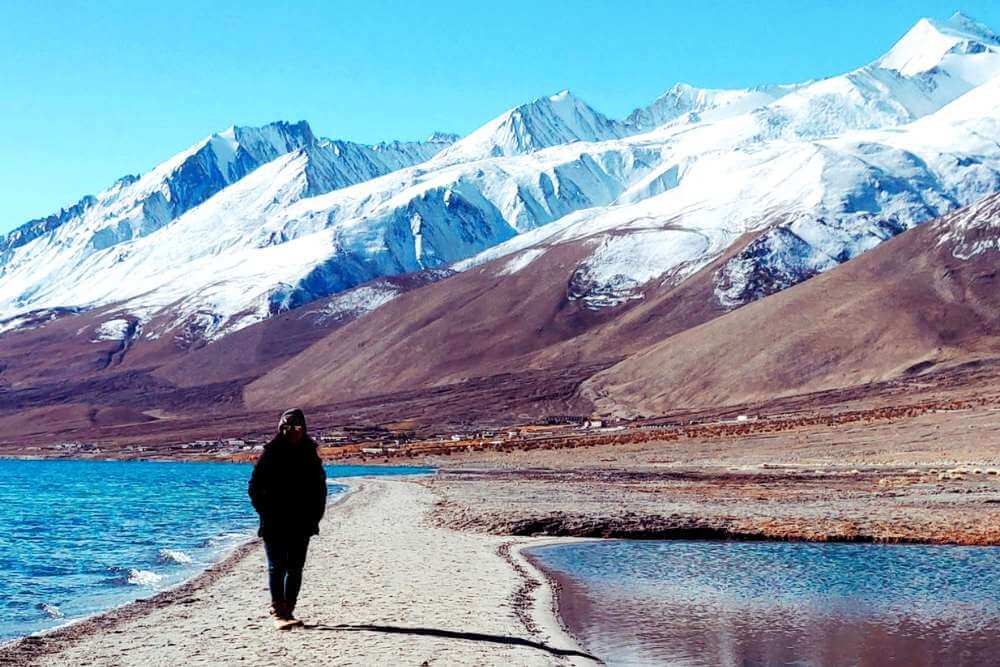The Himalayas, known as Himalaya Parvat in Hindi, is one of the most remarkable and awe-inspiring mountain ranges on Earth. Spanning across five countries — India, Nepal, Bhutan, China, and Pakistan — the Himalayas are often referred to as the “abode of snow” due to their towering peaks and year-round snow cover. The range has not only shaped the natural landscape of Asia but also greatly influenced the culture, religion, and history of the regions it traverses.
In this comprehensive guide, we will delve into the Himalayas’ elevation, location, and the three primary ranges that make up this majestic mountain system. Let’s explore the heights of its peaks, the geological history of the range, and the diversity of life that thrives within these imposing mountains.
Himalaya Parvat Ki Unchai Kitni Hai? (What is the Height of the Himalayas?)
The Himalayas are home to some of the tallest peaks on the planet, including Mount Everest — the tallest mountain on Earth. Standing at 8,848 meters (29,029 feet) above sea level, Mount Everest is a testament to the immense forces of nature that shaped these towering mountains. But Everest is not the only giant in this mountain range.
The Himalayas stretch across a vast area, with the average height of the range being approximately 6,000 meters (19,685 feet). The range is home to 14 peaks that exceed 8,000 meters in elevation. These include some of the highest mountains, such as:
-
K2 (8,611 meters, 28,251 feet) in the Karakoram Range (part of the larger Himalayan system).
-
Kangchenjunga (8,586 meters, 28,169 feet), the third highest peak in the world, located on the India-Nepal border.
-
Lhotse (8,516 meters, 27,940 feet) and Makalu (8,485 meters, 27,838 feet), which are located near Everest.
While Mount Everest takes the top spot, it is only one among a vast array of colossal peaks in this region. The average elevation across the Himalayas varies, depending on the region, but the range remains one of the highest mountain systems in the world.
Himalaya Parvat Kaha Hai? (Where is the Himalaya Range Located?)
The Himalayas span across five major countries in Asia, creating an expansive range that stretches from Pakistan in the west to Myanmar (Burma) in the east. The five countries that the Himalayas pass through are:
-
India: The largest section of the Himalayas runs through India, particularly in the northern states of Jammu and Kashmir, Himachal Pradesh, Uttarakhand, and Sikkim. The Indian Himalayas are home to many iconic peaks and valleys.
-
Nepal: The entire central Himalayas is largely located in Nepal, and it is here that you’ll find Mount Everest and other towering peaks.
-
Bhutan: The small kingdom of Bhutan lies along the eastern stretches of the Himalayas, offering some of the most pristine and untouched natural landscapes in the world.
-
China (Tibet): The Tibetan Plateau forms the northern boundary of the Himalayas, and many of the highest peaks of the range lie on the China-Tibet border.
-
Pakistan: The westernmost extension of the Himalayas lies in Pakistan, particularly in the region of Gilgit-Baltistan, which is home to some of the world’s most stunning peaks, including K2.
The Himalayas form a natural border between the Indian subcontinent and the Tibetan Plateau, playing a crucial role in shaping the climate and geography of the region. They are the source of many of the subcontinent’s major rivers, including the Indus, Ganges, Brahmaputra, and Mekong rivers, making them vital for the livelihood of millions of people.
The Three Major Ranges of the Himalayas
The Himalayas are divided into three main ranges, each with its own distinct geographical features and cultural significance. These ranges are:
1. The Outer Himalayas (Shivalik Hills)
The Shivalik Hills, also known as the Outer Himalayas, are the lowest of the three major ranges, with an average elevation of around 1,500 to 3,000 meters (4,921 to 9,843 feet). These hills mark the first section of the Himalayas and are located at the foothills of the higher mountain ranges. They are known for their fertile plains, lush forests, and biodiversity, making them an important area for agriculture and wildlife.
The Shivaliks are particularly notable for their geological formations, which are relatively younger compared to the other ranges. The region experiences a variety of climates, from subtropical in the lower parts to temperate in the higher elevations. The Shivalik hills extend across northern India, Nepal, and parts of Pakistan.
2. The Lesser Himalayas (Himachal and Pir Panjal Range)
The Lesser Himalayas are located between the Shivalik Hills and the Great Himalayas, and they generally rise to heights of 3,000 to 5,000 meters. This range is home to some of the most popular tourist destinations in the region, such as Shimla, Mussoorie, and Nainital in India, and Kathmandu Valley in Nepal.
The Pir Panjal Range, which forms a part of the Lesser Himalayas, lies to the west of the range and acts as a barrier between the Kashmir Valley and the rest of India. It features several picturesque valleys and lush green meadows, attracting trekkers and adventure enthusiasts from around the world.
3. The Great Himalayas (Himalayan Main Range)
The Great Himalayas are the highest and most dramatic part of the mountain range, with elevations exceeding 5,000 meters and reaching up to 8,848 meters at the summit of Mount Everest. The Great Himalayas are home to some of the world’s most challenging peaks, including Kangchenjunga, Lhotse, Makalu, and Cho Oyu.
This region is known for its rugged terrain, glaciers, and snow-capped peaks, attracting mountaineers, trekkers, and nature lovers from around the globe. The Himalayan main range forms the core of the Himalayas and is the heart of the range’s geological formation. It also acts as a climatic barrier, influencing weather patterns across the entire region.
Flora and Fauna of the Himalayas
The Himalayas are not just a geological marvel; they are also home to an astonishing variety of flora and fauna. The biodiversity in the Himalayas is immense due to its range of altitudes, climatic zones, and ecosystems.
-
Lower elevations feature lush forests of oak, pine, and rhododendron. These forests are home to a wide variety of animals, including bears, tigers, and leopards.
-
Higher elevations support alpine meadows, home to animals such as the snow leopard, Tibetan antelope, and the iconic yaks.
-
The region is also home to several rare and endangered species, including the red panda, Himalayan vulture, and the snowcock.
The Himalayas also support rich plant life, including medicinal herbs, and are a source of natural resources that are vital for local communities.
Conclusion
The Himalayas, or Himalaya Parvat, is much more than just a mountain range — it is an iconic feature of the Earth’s natural heritage. Spanning across five countries and offering unparalleled heights, these majestic mountains not only shape the physical geography of Asia but also the cultural and spiritual lives of millions of people. From the heights of Mount Everest to the serene valleys and lush forests, the Himalayas continue to inspire awe and wonder.
Whether you are fascinated by the geographical significance, the history, or the rich biodiversity of the region, the Himalayas remain a symbol of nature’s grandeur and a testament to the power of the Earth’s natural forces. It is a living, breathing world of extremes, offering a glimpse into the planet’s geological processes and the diverse ecosystems that thrive within them.



